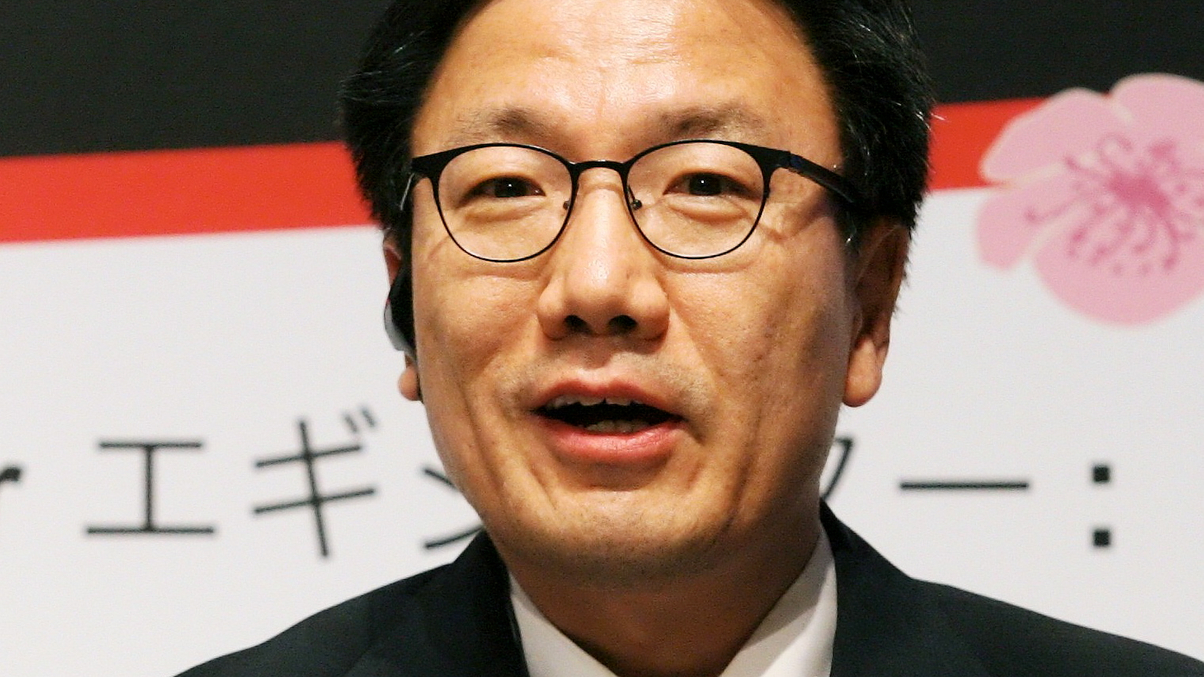Expect Korea wave into alternatives
The former head of real assets at Korea Post says Korean institutional investors are set to pour money into global alternative investments.

Institutional investors from South Korea are going to become major allocators to global alternative investments, says the former head of real-asset investments at Korea Post.
Sign In to Your Account
Access Exclusive AsianInvestor Content!
Please sign in to your subscription to unlock full access to our premium AI resources.
Free Registration & 7-Day Trial
Register now to enjoy a 7-day free trial—no registration fees required. Click the link to get started.
Note: This free trial is a one-time offer.
¬ Haymarket Media Limited. All rights reserved.


